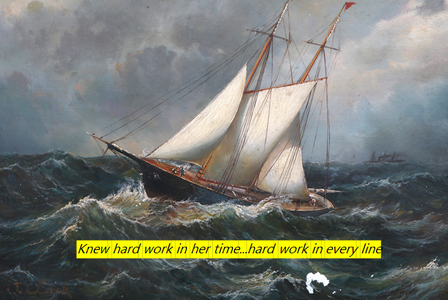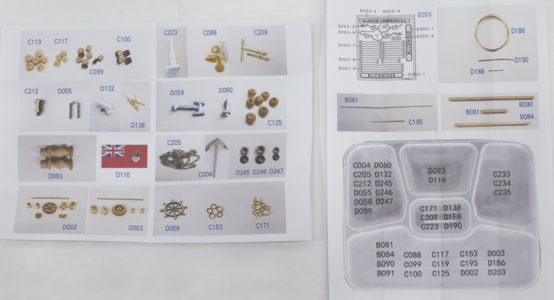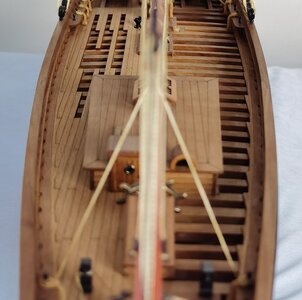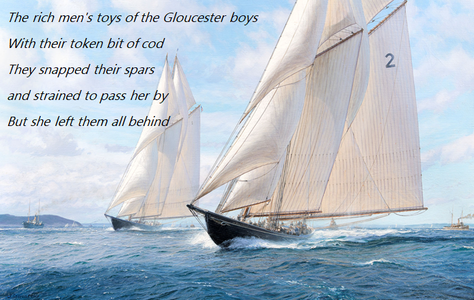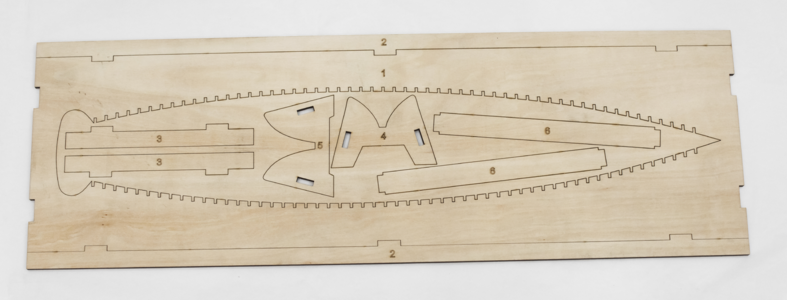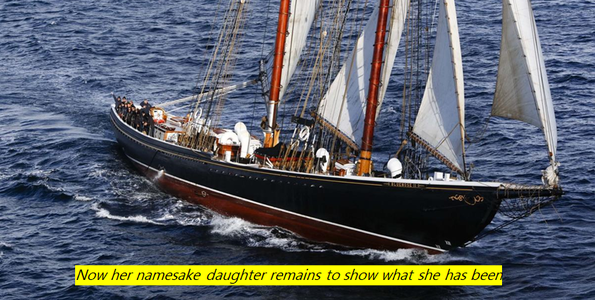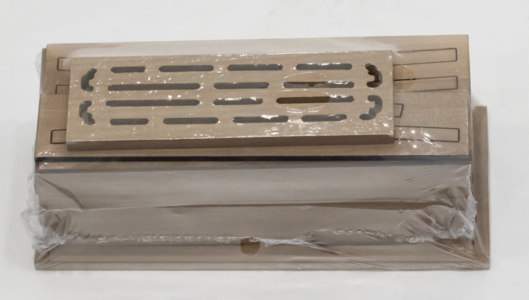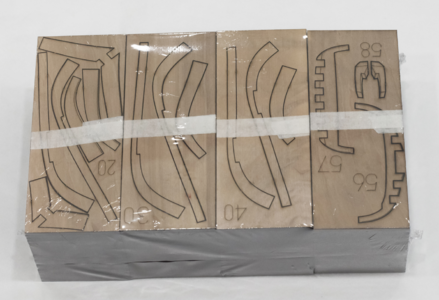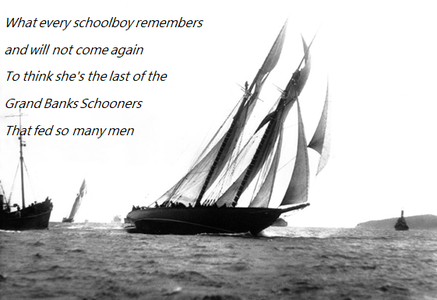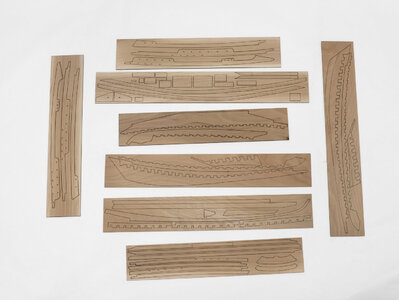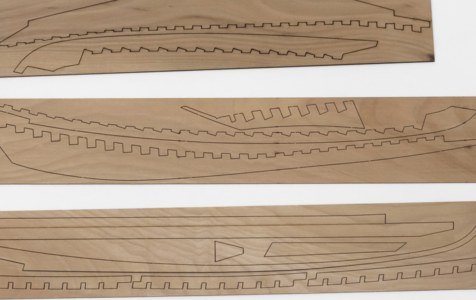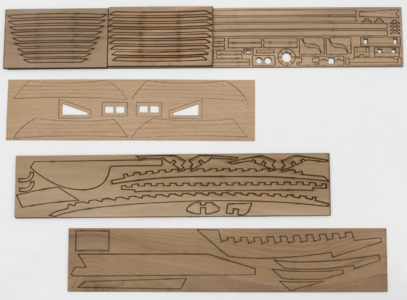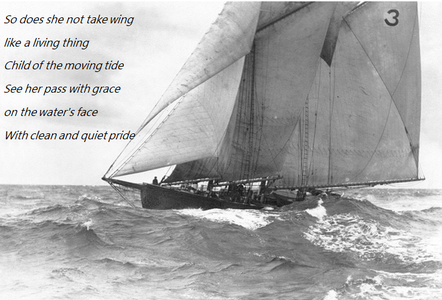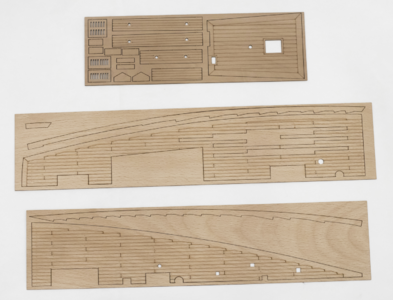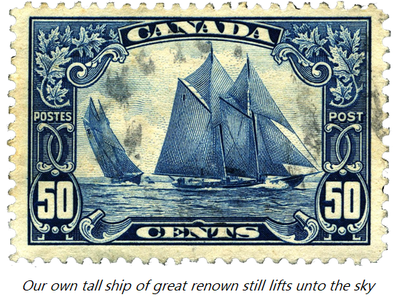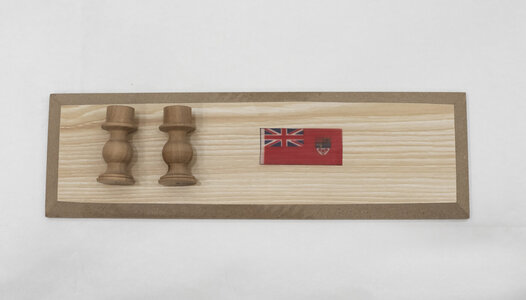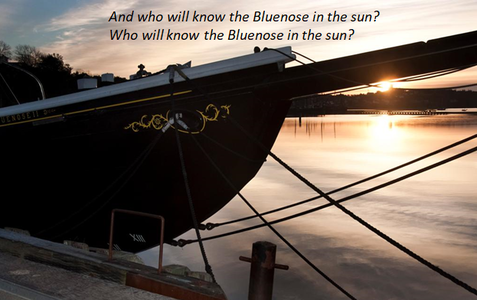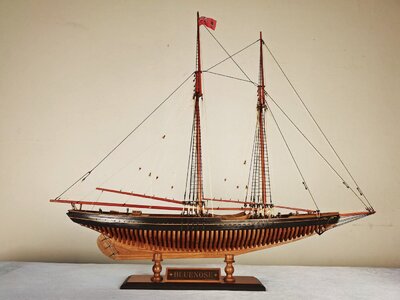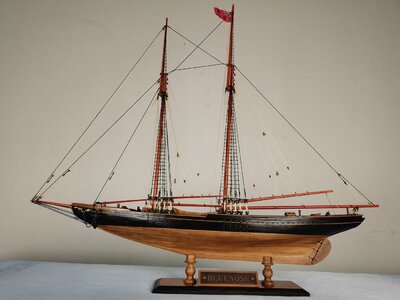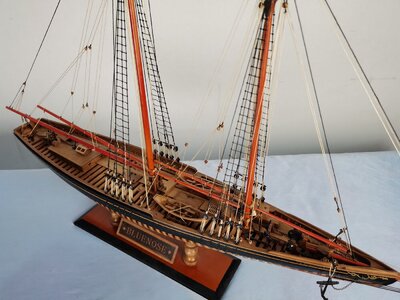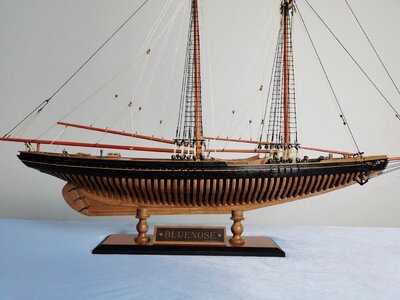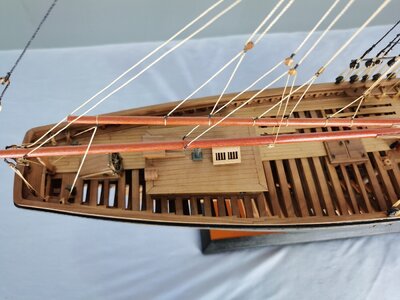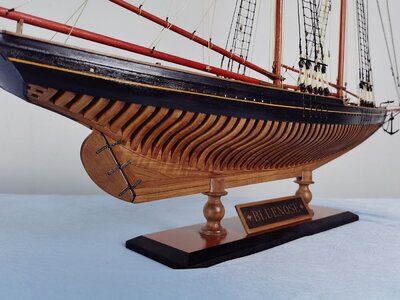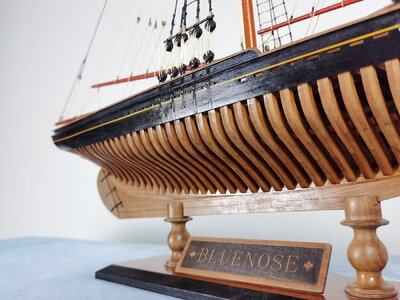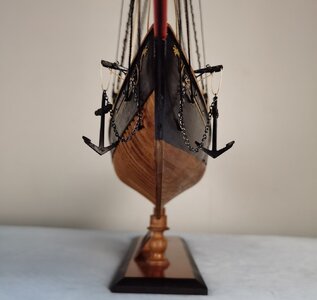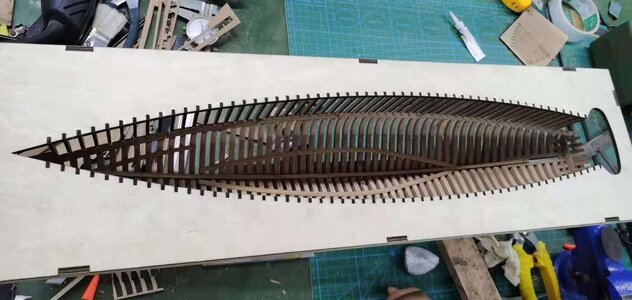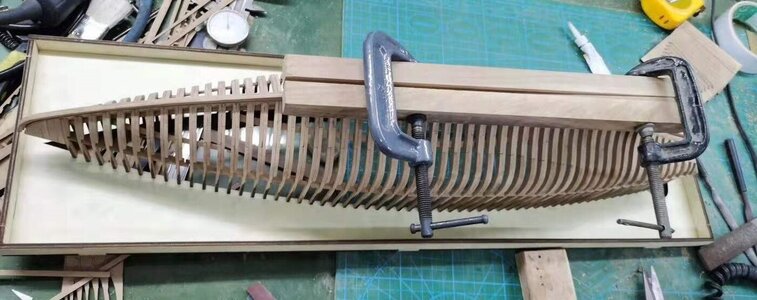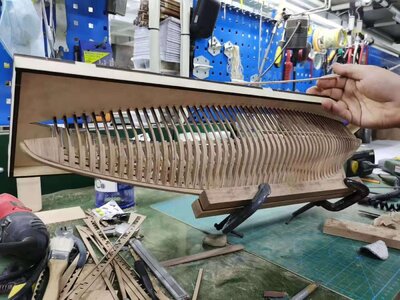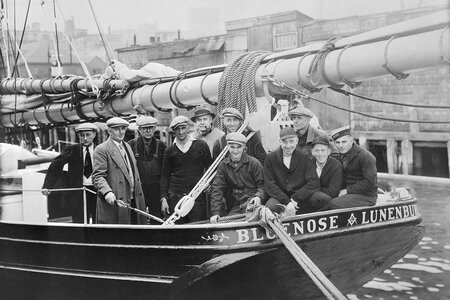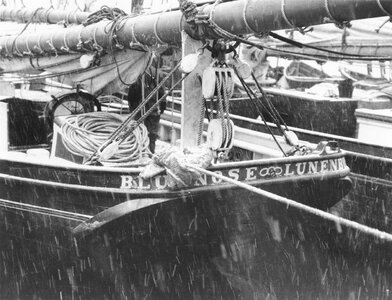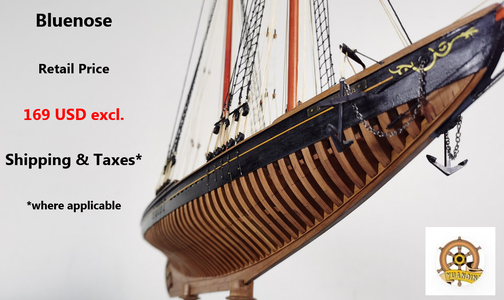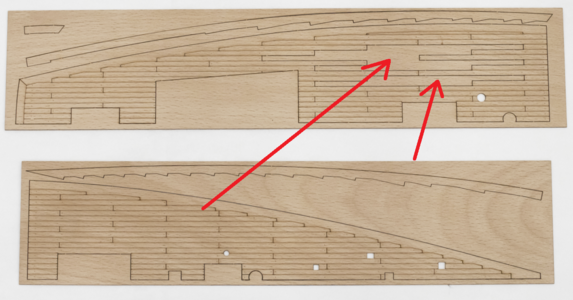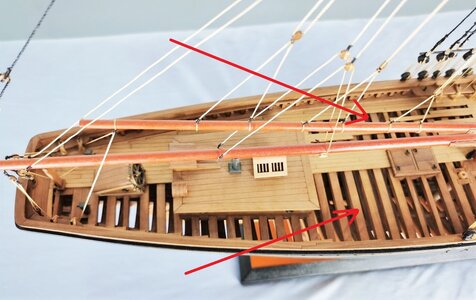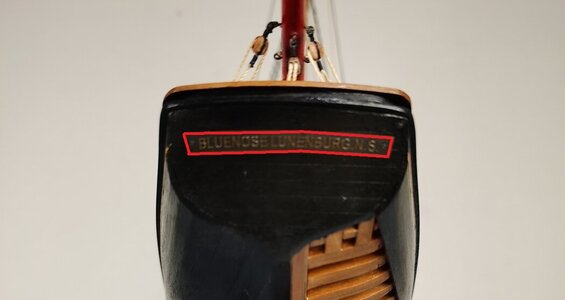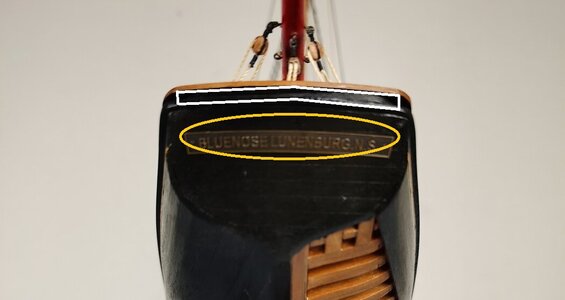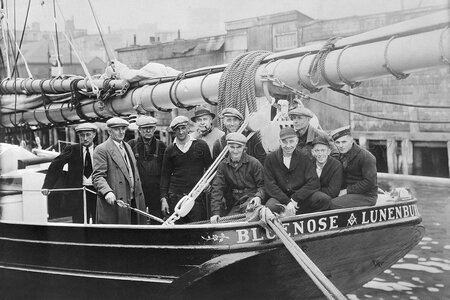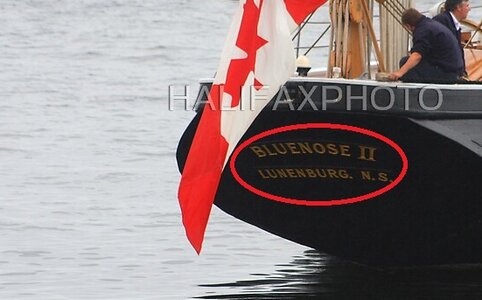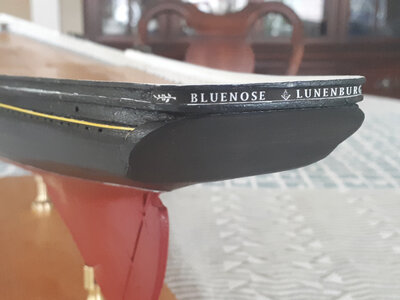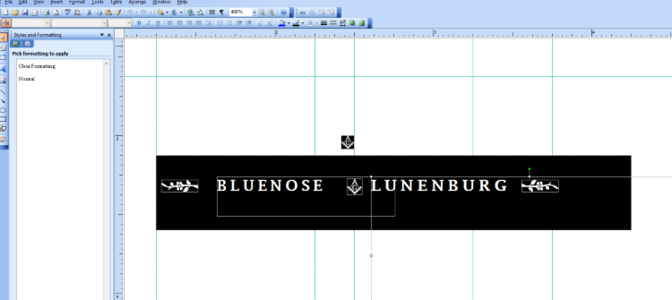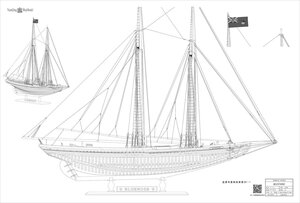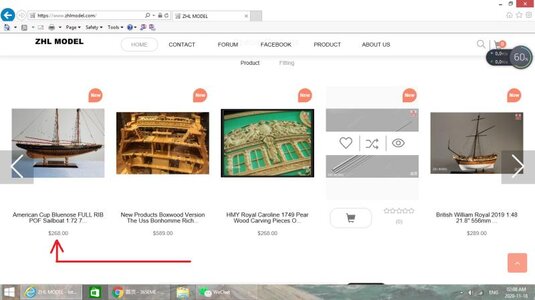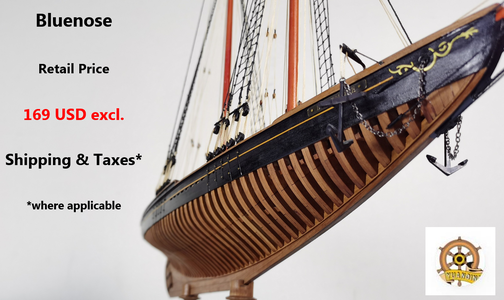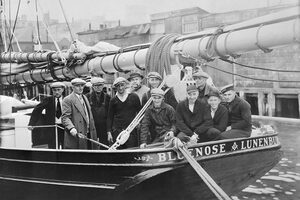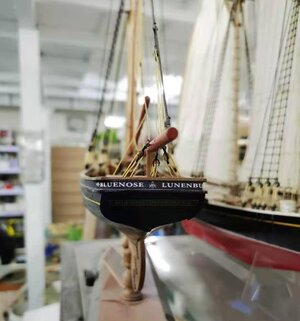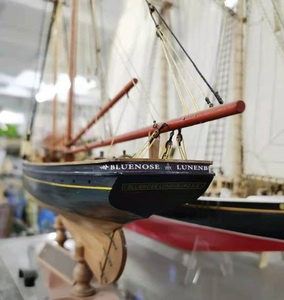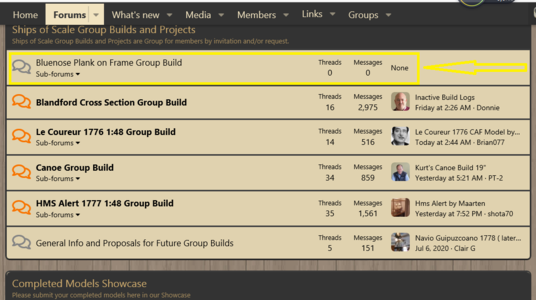- Joined
- Jan 9, 2020
- Messages
- 10,534
- Points
- 938

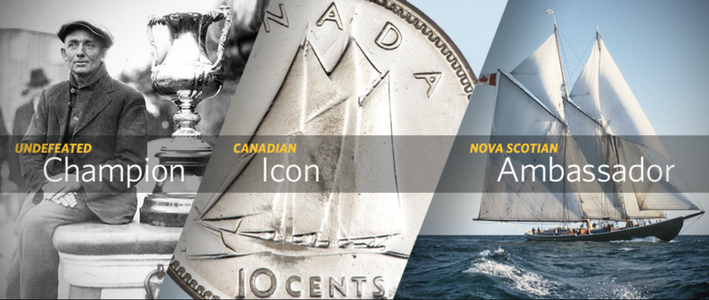
Ever since YuanQing announced their model of the renowned Canadian Schooner - Bluenose on SOS, it has created considerable interest.
https://shipsofscale.com/sosforums/threads/full-rib-bluenose-finished
As to the history of Bluenose, so much has been said and written that there is not much that I can add. Suffice to say that she has always been the darling of Nova Scotia (Lunenburg) and Canada. Seventeen unbeaten years in the International Fishermen’s Cup, record hauls of cod, an enigmatic and inspirational captain and immortalization on coins, stamps, license plates, and in songs, books and legendary tales, have all seen to that.

So, whilst Bluenose needs no introduction, YuanQing Ship Model does. The name is derived from that of its owner, Mr. Yuan Qing (in Chinese, the surname is mentioned first and then the first name). Mr. Yuan first saw the picture of a model sail boat online in 2005 and was hooked. At the time there were no kits of model ships available in China – ship models were all scratch-built from plans and drawings obtained on the internet.
As an entrepreneur, he saw the potential of a model ship kit manufactured in China and believed that such a step would make the hobby far more accessible to many more enthusiasts. However, this was not easy - a lack of manufacturing tools, inexperience and limited capabilities in general, were some of the biggest obstacles. Despite the obvious difficulties, the company started the development and production of Western sail boats in 2006. Many mistakes were made during those early years, but the company stuck obstinately to the principle of doing their own development. Over the years they have worked hard to ensure that they adhere to the latest manufacturing processes and trends in the business in order to improve the quality and consistency of their products.
Today, YuanQing manufactures 16 models of their own of which the Bluenose is the very latest. The Bluenose is particularly important to the company as it employs the very latest in manufacturing technology and also marks the company’s first foray into Plank-on-Frame (or as the Chinese call it – Full-Rib) models. In the case of Bluenose, the model was designed with Rhinoceros 5 (64 bit) 3D software.
The company has also entered into an agreement with Luhaiqingkong Models whereby they can offer some of the latter’s products as well. Included in this agreement – and I am sure of great interest to SOS members – is the absolutely superb Royal Caroline in 1:30 scale.
YuanQing Bluenose Schooner – Specifications:
Manufacturer: YuanQing Ship Models
Model Name: Bluenose Schooner
Model Scale: 1/72
Model Type: Plank-on-Frame; Fully Ribbed
Length: 732mm;
Height: 602mm;
Width: 121mm
Hull Wood: AA Grade Wild Pear wood
Deck Planking & Fittings: AA Grade Red Beech wood
Assembly Jig: Sycamore wood
By virtue of this being the only POF kit of Bluenose in the world, I was immediately interested in the kit. I started communicating with the company on WeChat (the Chinese equivalent of WhatsApp) and as a result, Xiulin at YuanQing asked me to do a kit review of Bluenose for our SOS members. Please note that I have no vested interest in YuanQing Models – the model is sold to the public at the exact same price that YuanQing lists it on Taobao.
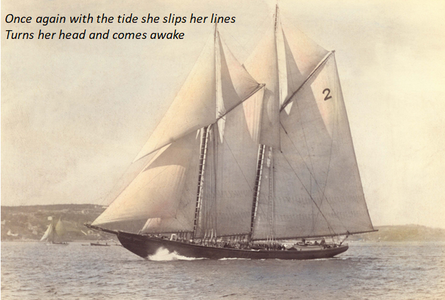
As my photographic abilities are limited - to say the least – I made use of a professional photographer for the photoshoot. For fear of “romanticizing” the pictures, we chose a simple background of white printing paper.
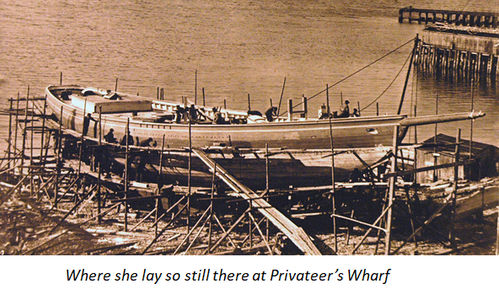
Packaging:
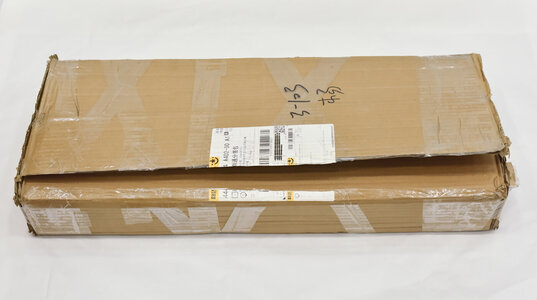
The Bluenose arrived in a plain-brown, corrugated, cardboard box, used for the outer packaging. Transparent adhesive tape along the seams protect against damage and moisture. The actual kit box fits snugly inside the outer box so any movement during transport is impossible. It measures 670mm in length, 266 mm in width, 90 mm in height and weighs 3.55 kg.
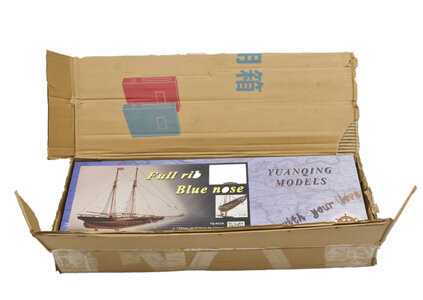
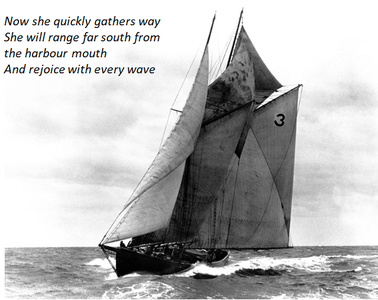
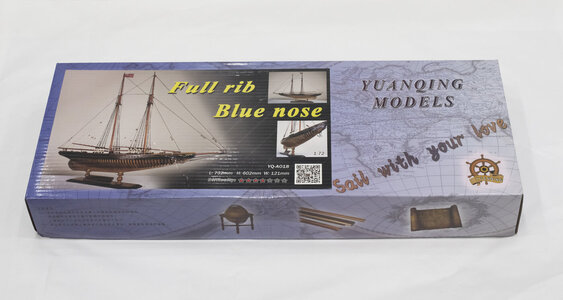
As befits the quality of the timber and fittings within, the actual kit box is beautifully designed with a three-quarter front view photograph of the completed model on the left while the name “YUANQING MODELS” and company logo are displayed on the right. The inscription “Sail with your love” is transposed onto an ancient map of China – also on the right-hand side of the cover. The side flaps of the box are adorned with various depictions of nautical nature, warnings in both Chinese and English and the company name, address, contact details and after-sales service number (obviously only valid in China).
As a matter of interest. On the front cover of the box you will see a star-grading that denotes the difficulty level of the model. YuanQing has it sitting at 4 out of 7 stars which would suggest a “Moderate” difficulty level. However, on another Chinese website the difficulty level is rated at 5 out of a possible 5 stars. I can obviously not comment on this before actual building commences, but judging by some of the build photographs I have seen, I would be more inclined to go for the higher difficulty level.

With the lid removed, a further protective layer of bubble wrap is revealed.
Instructions:
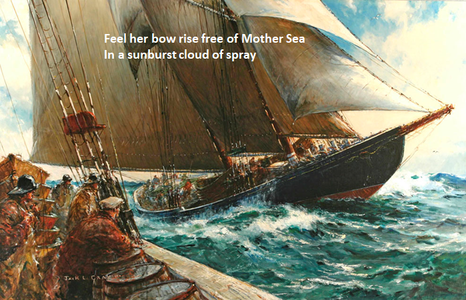
The first of the contents is the set of drawings. These consist of four double-sided printed sheets that measure 860 mm x 580 mm (i.e. in total, there are x 8 pages.
Sheet 1:
Jig Assembly, Rib Assembly & Hull Construction
Reverse Side: Deck Assembly & Deck Planking
Sheet 2:
Mast-, Spar-, Gaff- and Bowsprit Assembly
Reverse Side: Deck Fittings Construction
Sheet 3:
Both sides are devoted to Rigging (Ropes, knots, deadeyes, blocks etc.)
Sheet 4:
View of Fully-Assembled Ship
Reverse Side: Parts List and Inventory
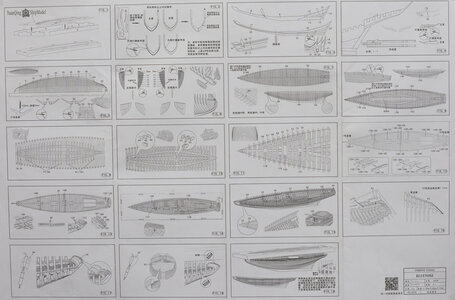
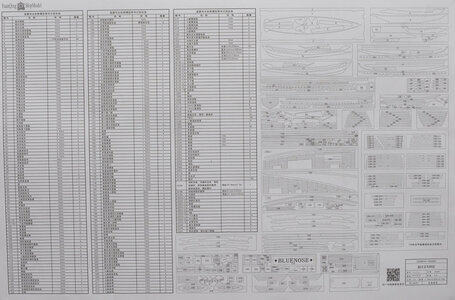
The Parts List and Inventory (Above)
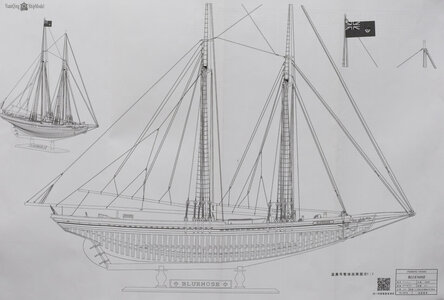

Further to the drawings there are two A4-sized instruction manuals supplied.
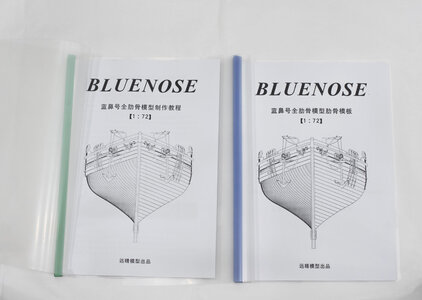
One of the "instruction" manuals is actually a book which is made up of 1:1 scale drawings of each individual rib/s. In case of the bigger-sized ribs, a complete page is devoted to the construction of one rib, whereas in case of the smaller-sized ribs, up to three can be found on a single page. This is quite handy as it makes copying of the pages so much easier than copying one large sheet containing drawings of all the ribs. Conversely, a single sheet can simply be inserted into a plastic sleeve to protect the original during the assembly process of the ribs.
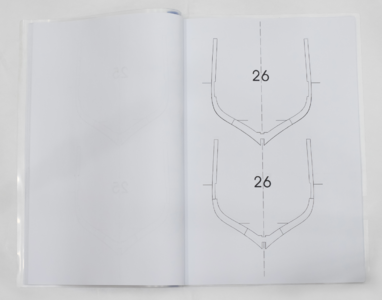
The other manual contains all the actual instructions with very clear, step-by-step photographs in black-and-white. Obviously, this is where my biggest challenge lies – to translate the instructions into English. Once this kit review is published, I will immediately get onto that as promised.
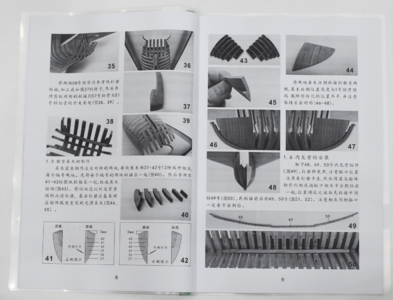
With the introductions and instructions concluded, that also concludes Part 1 of the review. As a result of the massive size of the files and limited server ability, I am forced to break up the review in sections. Please bear with me - the rest will follow a bit later.
Kind regards - Heinrich


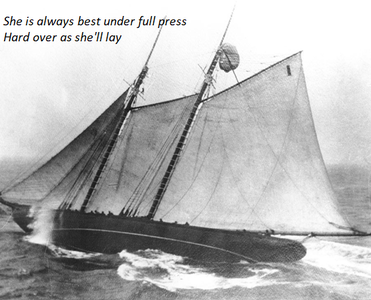
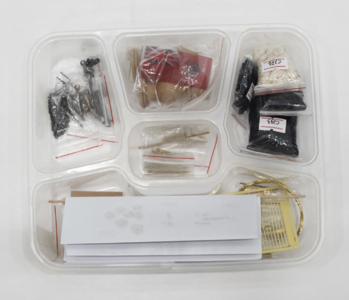
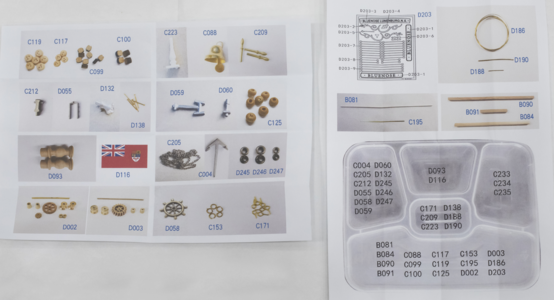
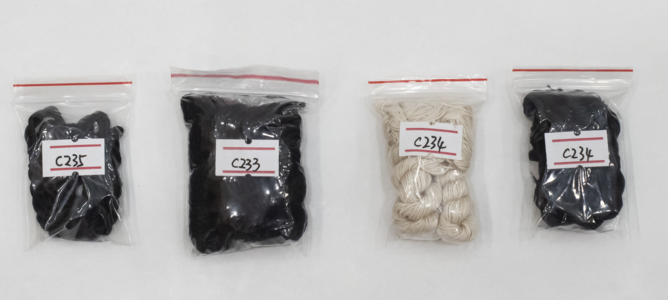
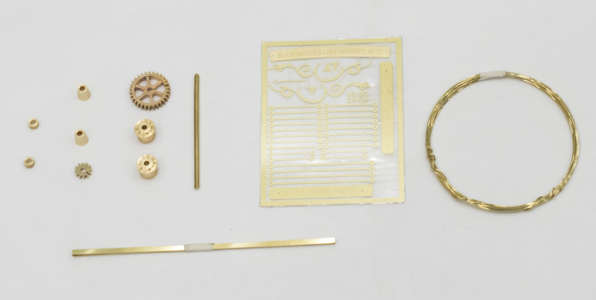
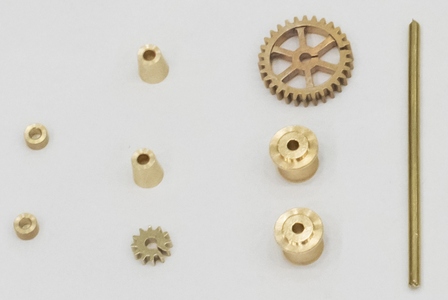
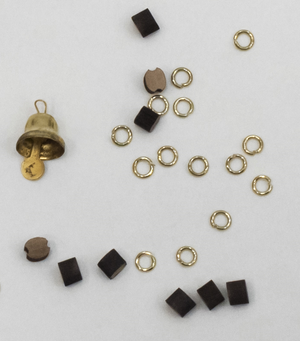
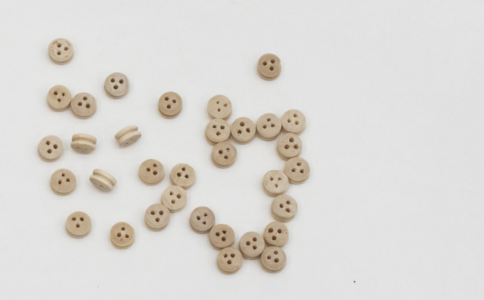
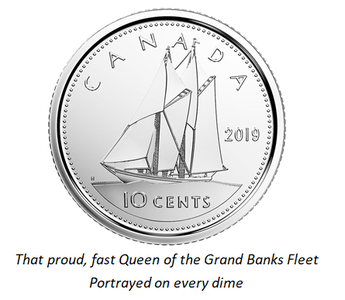
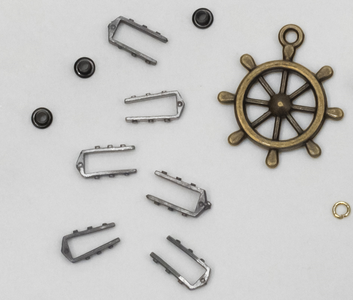
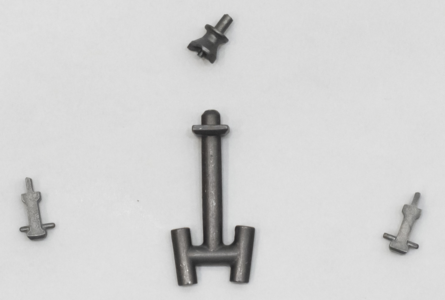
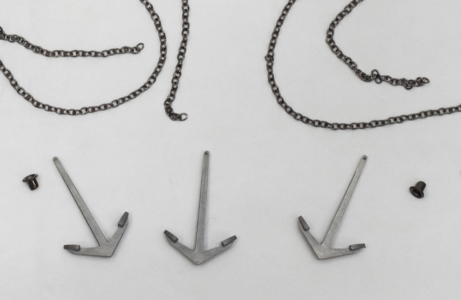
 s and chains.
s and chains.